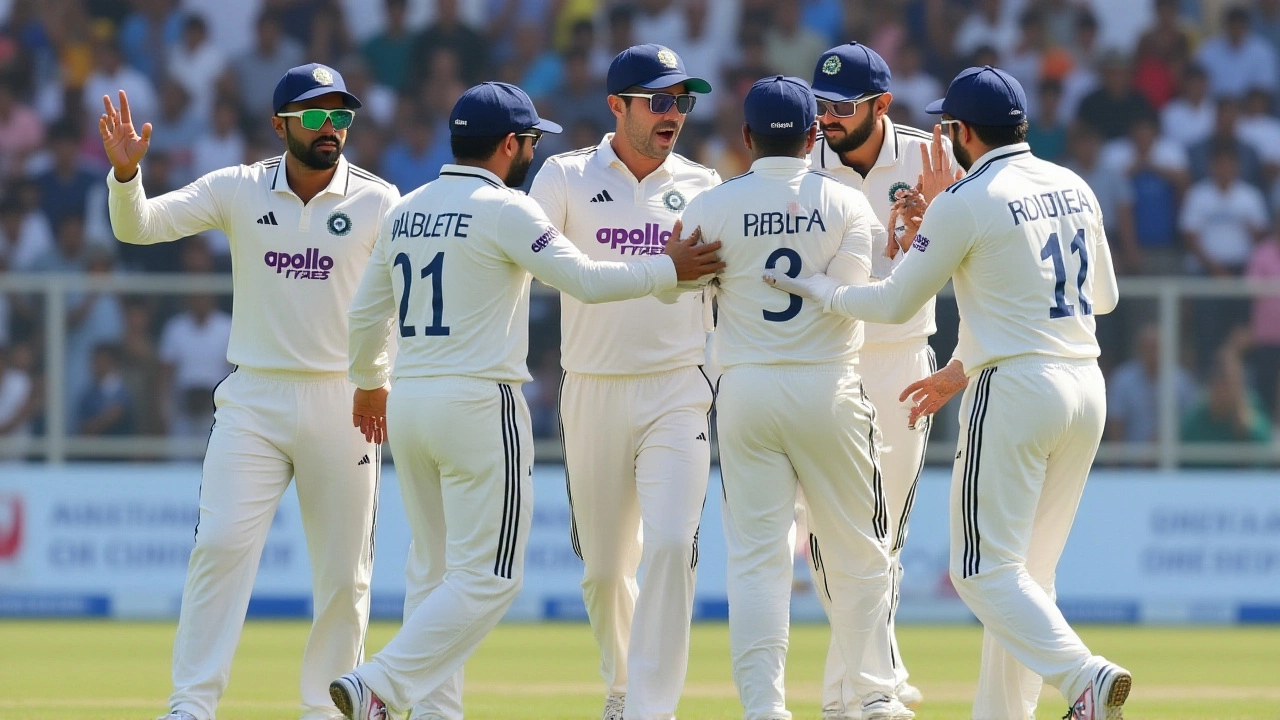Test match
When talking about Test match, the longest format of cricket, played over five days with two innings per side. Also known as Five‑day cricket, it tests skill, stamina, and strategy. The sport of cricket, a global bat‑and‑ball game uses Test matches to showcase the purest form of competition. Unlike limited‑overs games, a Test match gives players time to recover from early setbacks and to build innings that can last hours. This format challenges both physical endurance and mental resilience, making every session a battle of wits.
Each side gets two innings, a team’s turn to bat and score runs in a Test match, and the outcome can be a win, loss, tie, or a draw, a result where neither side wins after five days. The possibility of a draw adds a layer of tactical depth; captains must decide whether to enforce a follow‑on, declare early, or play conservatively to preserve wickets. Weather, pitch wear, and light conditions often tip the balance, turning a seemingly safe lead into a precarious position.
Governance, venues and the role of the ICC
The International Cricket Council (ICC), the global governing body that sets rules, schedules tours and enforces standards oversees Test match calendars, ensuring that traditional rivalries like the Ashes or the Border‑Gavaskar Trophy happen regularly. The ICC also dictates the criteria for a venue to host a Test, such as ground size, pitch preparation, and facilities for players and officials. Umpires appointed by the ICC must interpret the Laws of Cricket, and their decisions can shape the flow of a five‑day contest, especially when weather interruptions force strategic adjustments.
Fans experience Test matches differently from one‑day games. The ebb and flow of sessions allow for deeper appreciation of batting technique, bowling craft, and field placements. Statistics such as batting averages, bowling strike rates, and partnership records become more meaningful over long periods, giving historians material to debate the greatness of legends like Don Bradman, Jacques Kallis, or Kumar Sangakkara. Television broadcasters often use the long format to tell stories about player endurance, making the sport accessible to audiences who enjoy narrative depth.
Below you’ll find a mix of articles that touch on topics affecting Test matches, from weather alerts that can wash out a day's play to tech deals that bring fans the gear they need for a comfortable viewing experience. There are also pieces on market trends that impact cricket sponsorships and the economics behind international tours. This diverse collection reflects how a Test match, while rooted in tradition, interacts with modern life, finance, and even travel experiences.
Ready to dive deeper? The posts that follow explore everything from heavy rain warnings that could delay a five‑day chase, to the newest gadgets that make following a Test on the go easier. Whether you’re a seasoned follower of the longest format or just curious about how it fits into today’s fast‑moving world, the articles below will give you practical insights and fresh perspectives.

India routs West Indies by innings and 140 runs in Ahmedabad Test
India thrashed West Indies by an innings and 140 runs at Ahmedabad's Narendra Modi Stadium, with Jadeja's unbeaten century leading a dominant display and putting India 1‑0 up in the two‑match Test series.
More Detail